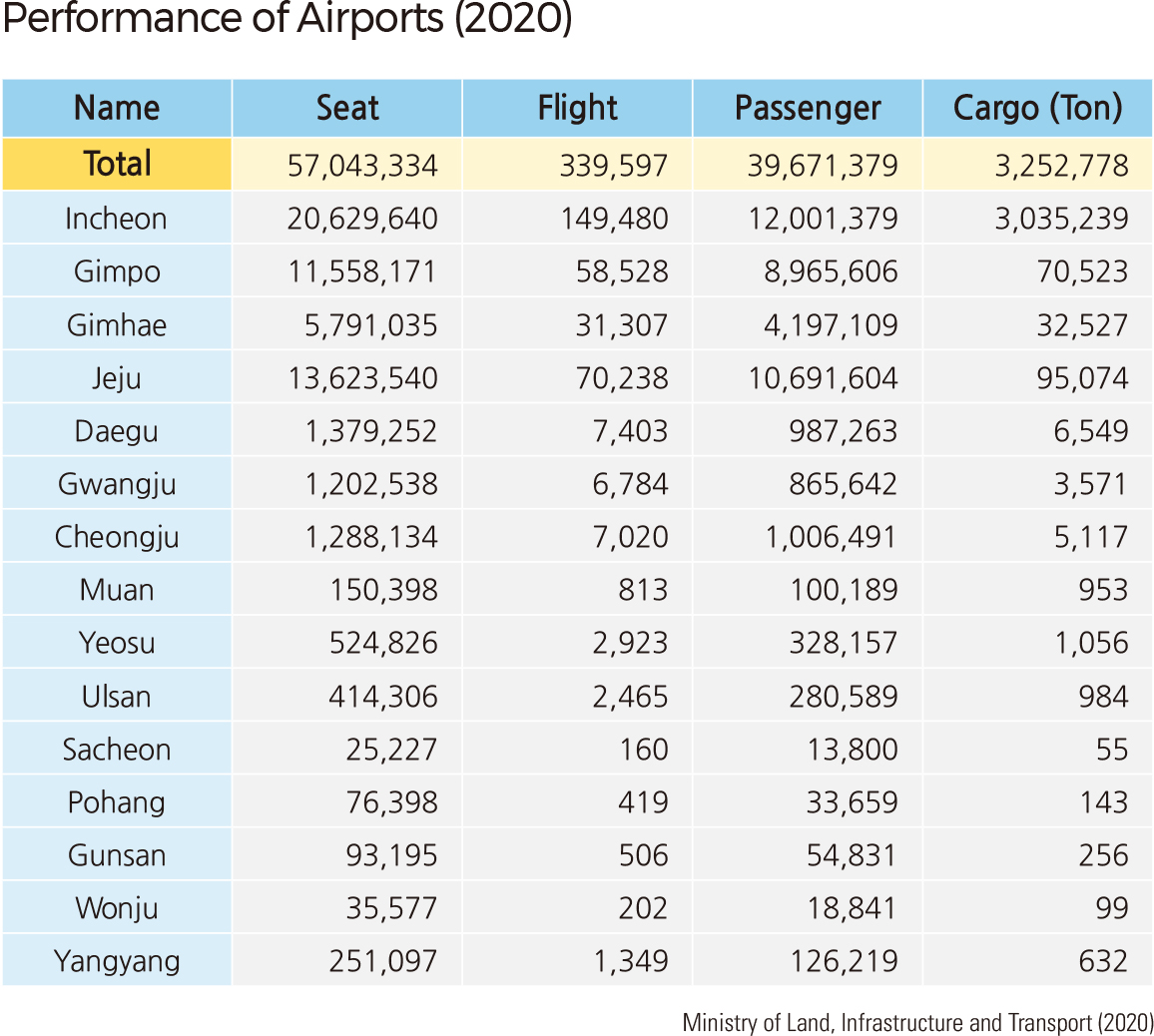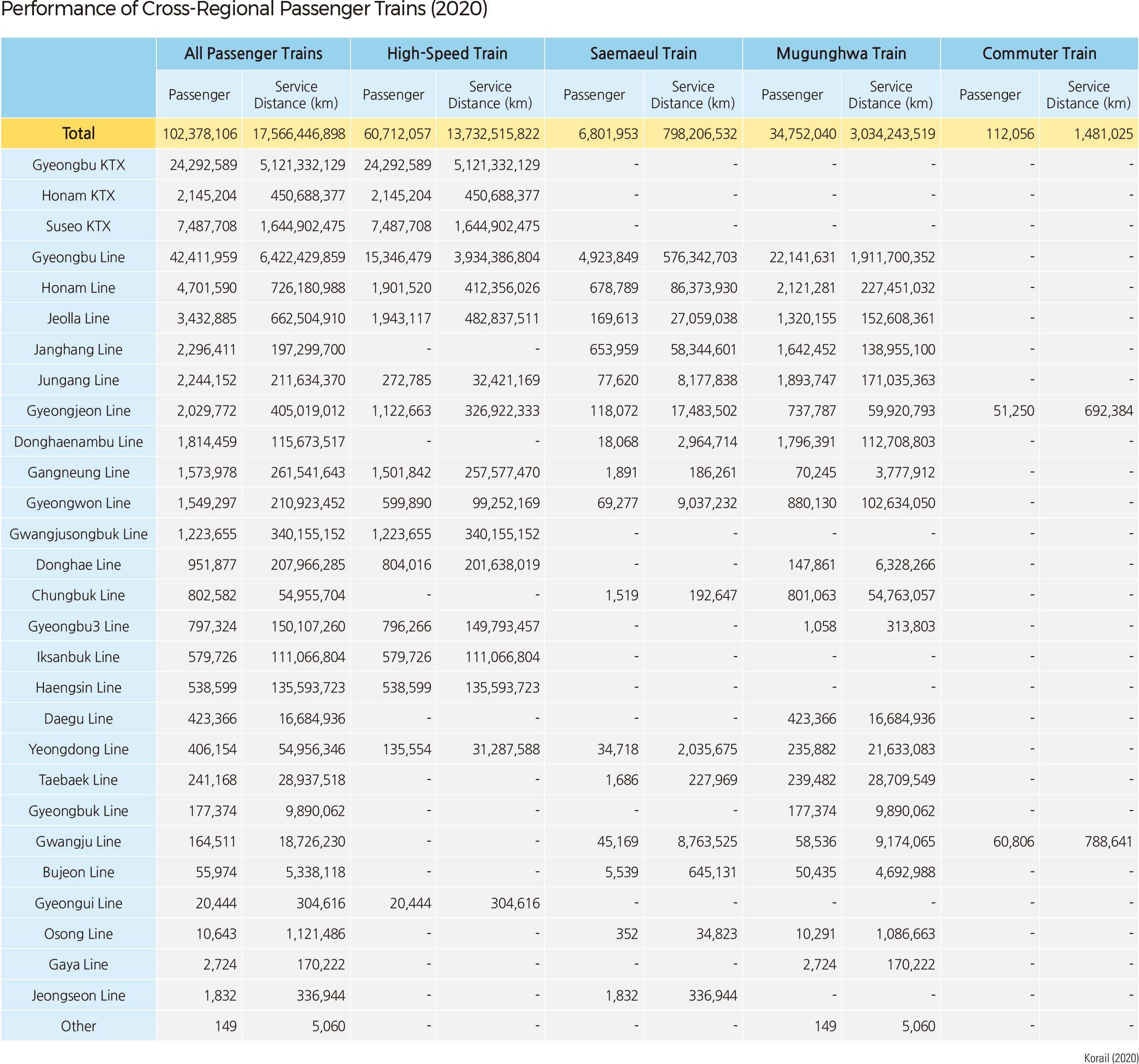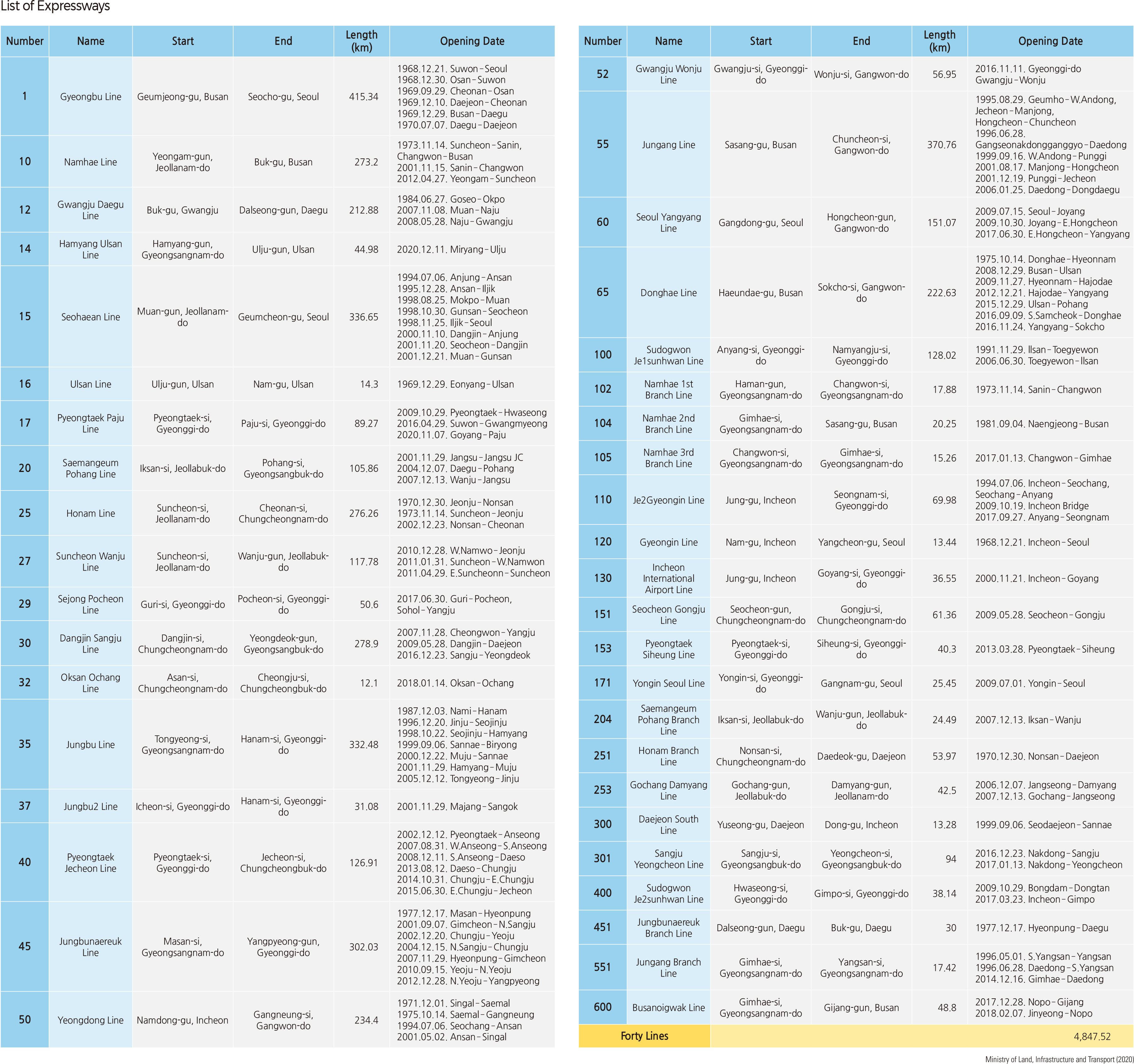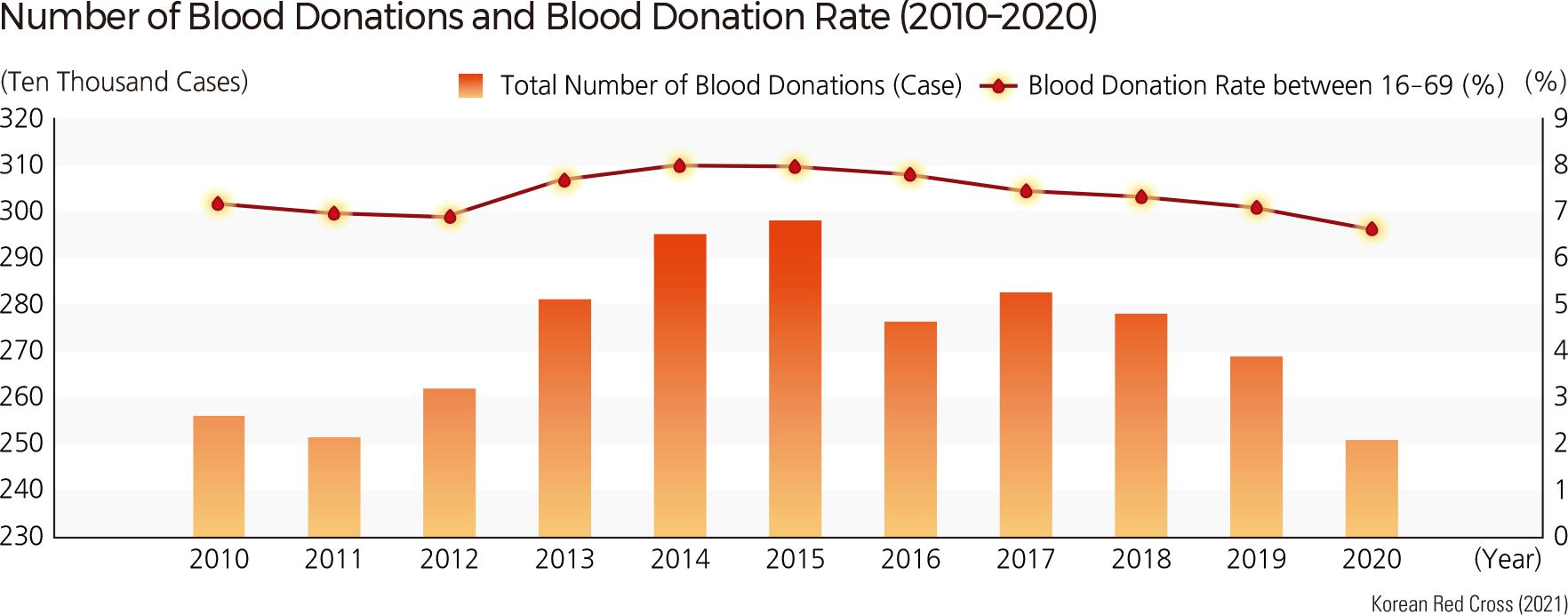English III 2021
Korea imports primary resources necessary for industrialization, such as energy, food, and minerals. In 2019, 99.8% of import and export cargo passed through the ports. Port facilities began to develop in the 1960s with the nation’s export-oriented economic structure. During the Second Economic Development Plan period (1966–1971), the cargo handling capacity increased by 28.2%, from 14.65 million tons to 18.78 million tons. The sea freight volume also increased by 4.6 times, showing an average annual growth rate of 16.6%. In particular, Mukho Port increased from 2.45 million tons to 4.42 million tons, and Ulsan Port increased from .50 million tons to 1.31 million tons. In the 1970s, the government started building two container terminals at Busan and Incheon ports and built six industrial ports to support industrial complexes, including Yeocheon Samil Port, Geoje Okpo Port, Goeje Mipo Port, Changwon Port, Onsan Port, and Bukpyeong Port (Donghae Port). Coal piers at Mokpo Port (1983) and Ulsan Port (1984) and LNG piers at Ulsan Onsan Port (1982) and Bukpyeong Port (1985) were built to facilitate the import of energy resources. The largest port in Korea, Busan Port, started the third phase expansion project in 1985, right after the second phase expansion project was completed in 1983. In 1985, the cargo handling capacity grew eight times to 118.4 million tons in 20 years compared to 1966. In the 1990s, the Busan port facilities continued to expand to cope with the rapid increase in import and export cargo volume due to economic growth. In 1995, this port handled 3,800 million tons, 43% of total cargo volume, and 4.56 million TEU, 94% of its import and export container volume, making it the world’s fifth-largest container port. As of 2020, Busan Port handles the 6th largest cargo volume annually in the world. Busan Port is also the world’s second-largest transshipment port after Singapore Port, and 52.9% of the port’s cargo volume is transshipment. In 2019, Busan Port ranked 3rd in the world in terms of container port connectivity index, after Shanghai and Singapore, with the continuous expansion of regular routes and the development of networks between ports and industrial complexes. Gwangyang Port is the 25th largest port in the world. It has operated automobile transshipment infrastructure since 2018 by expanding its function from the existing container pier to an automobile pier. In addition, it plans to operate a petrochemical pier and establish its hinterland industrial complex to support the petroleum industrial complex. The Harbor Master Plan was first introduced in accordance with the revised Harbor Act in 1991. Currently, the 4th National Harbor Master Plan (2021–2030) is being implemented from 2020. The government reorganizes the port functions in accordance with the industrial structure reorganization, builds hinterland complexes to develop the maritime industry cluster, and implements policies to increase the added value of the port industry. In 2019, the government began to implement the 2nd Master Plan for Construction of New Harbors (2019–2040), which improves the port facilities of 12 existing ports and upgrades them into new ports. |







